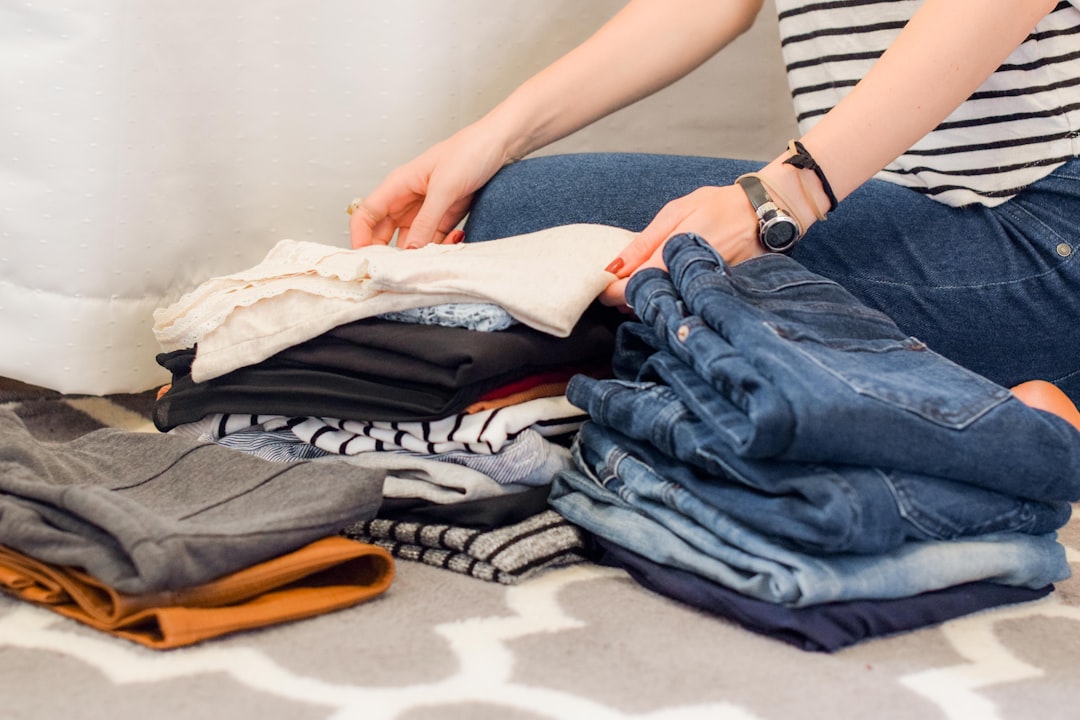TL;DR:
Achieving a clutter-free home starts with assessing and categorizing belongings based on regular use, joy factor, and purpose. This process aids in informed decisions about storage and organization, like dedicated spaces for frequently used items or seasonal clothes. Addressing cluttered areas and understanding clutter triggers are key to effective strategies. Differentiating between joyful and useless items—keeping what sparks happiness and letting go of the rest—is crucial for creating a serene, minimalist yet personalized living space through home organization and decluttering.
Streamlining your home to create a clutter-free zone is not just about aesthetics; it’s about reclaiming space, simplifying life, and fostering a sense of calm. This comprehensive guide takes you on a journey towards an organized haven. We’ll explore effective strategies like assessing and categorizing items, leveraging vertical spaces with strategic storage solutions, and adopting sustainable practices for long-term success. Learn how to differentiate between items that spark joy and those that don’t, implement creative storage hacks, and teach children about minimalism – all while enhancing your home’s beauty and functionality through smart organization and decluttering techniques.
- Assess and Categorize: Understanding Your Clutter
- – Identifying the sources of clutter in your home
- – Differentiating between items that spark joy and those that don't
Assess and Categorize: Understanding Your Clutter
Assessing and categorizing your belongings is a crucial step in the journey towards a clutter-free home. Start by taking an honest look at each item in your space and asking yourself a few key questions: Do I use this regularly? Does it spark joy or serve a purpose? By categorizing items into keep, donate/sell, and discard piles, you gain immediate clarity on what needs to stay and what can be let go of. This process empowers you to make informed decisions about your home organization and decluttering efforts.
Understanding the types and quantities of clutter in your home allows for more targeted and effective solutions. For example, identifying frequently used items that need better storage or sorting through seasonal clothing to create a more organized wardrobe. With a categorized approach, you can focus on creating systems that work best for each group, ensuring a more sustainable and clutter-free environment in the long run.
– Identifying the sources of clutter in your home
Uncluttering your home is a significant step towards creating a calm, peaceful, and organized living space. To begin this process effectively, start by identifying where clutter accumulates in your home. Look around and take note of areas that seem especially cluttered—kitchens, living rooms, bedrooms, or perhaps even offices within the home. Clutter can stem from various sources, such as an abundance of possessions, lack of proper storage solutions, or a combination of both.
Examine each area critically. Are there items you no longer use or need? Do you have duplicates stashed away? Perhaps some spaces are missing adequate storage options, leading to a pile-up of things left out. By understanding these sources, you can begin to devise strategies for efficient home organization and decluttering, ensuring a clutter-free zone that not only looks neat but also feels more serene and manageable.
– Differentiating between items that spark joy and those that don't
In the journey towards a clutter-free home, one of the fundamental steps is to differentiate between items that spark joy and those that don’t. Home organization and decluttering begin with an introspective look at each possession. Items that bring happiness, comfort, or inspire creativity should be embraced and prominently displayed. These are the pieces that elevate your living spaces, making them truly reflect your personality and preferences. Conversely, objects that serve no purpose or evoke negative emotions should be let go of, recycled, or donated. By making these distinctions, you’re not only decluttering your physical space but also creating a more serene and joyful environment.
This process involves careful consideration and mindfulness. Start by evaluating each item’s utility and emotional resonance. Keep those that resonate strongly, encourage productivity, or bring pleasure. Discard, sell, or give away items that are redundant, obsolete, or evoke stress or negative memories. Remember, a clutter-free home is not about minimalism at all costs; it’s about keeping what brings you happiness and letting go of the rest, fostering a balanced and peaceful living environment through effective home organization and decluttering practices.
By assessing and categorizing your belongings, you can create a clutter-free zone in your home. Start by identifying the sources of disarray and differentiating between items that spark joy and those that don’t. Through conscious effort and consistent maintenance, achieving and maintaining a streamlined living space is within reach, transforming your home into a sanctuary of order and tranquility. Embrace the benefits of effective home organization and decluttering for a happier, more peaceful lifestyle.



